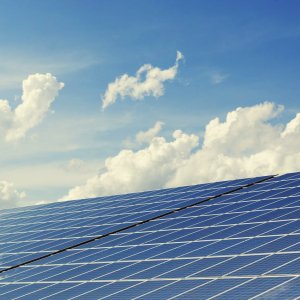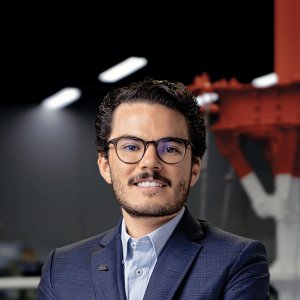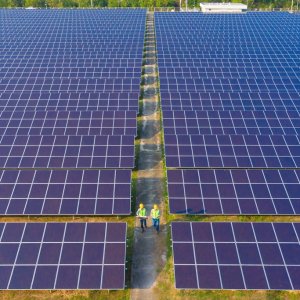What and Where Are Mexico’s Energy Needs?

STORY INLINE POST
Q: What is the role of Blue Global Energy in the Mexican energy market?
A: Blue Global Energy is a Mexican company dedicated to meeting energy needs. We oversee everything from the processing of permits to the construction and operation of projects. We have identified great potential in the Mexican market in recent years. Mexico has great potential for growth and is a strategic location for our development.
As players in the energy sector, we are also interested in helping to make CFE a solid company. The Mexican market has great demand and the government can collaborate with the private sector, whether national or foreign companies.
Q: What are the main trends influencing the energy sector and how is the company integrated into these trends?
A: Over the past five years, the government has carried out its own landmark projects, but it has also recognized that it has not been able to meet demand. The private sector can collaborate and contribute to achieving these goals by implementing projects, especially in the areas where energy is needed. It is not simply a matter of carrying out projects anywhere in the country, but rather, identifying areas with real demand.
This year, we anticipate that the next government will look for ways to collaborate with the private sector, which is prepared to help.
Q: How will energy demand evolve in Mexico and how is Blue Global Energy preparing for potential changes?
A: We are working with industrial clients to understand their expansion plans in Mexico to be able to cover their on-site generation needs. We are also involved in large-scale projects that can supply energy at a reasonable distance from the place of consumption.
We observe that Mexico needs new energy projects that generate between 3,000MW-4,000MW per year. During this six-year administration, projects generating 18,000MW were expected to come into operation but the government only implemented projects that generated between 3,000MW and 4,000MW. In the coming years, there will be demand for another 18,000MW, so the next government must think about how to supply the unmet demand.
Q: What are industrial customers most concerned about?
A: Industrial customers are primarily concerned about access to energy and water. These key factors make the difference in attracting investment, and any country that is not prepared to address these issues will have problems. Industrial customers will look for locations where they can easily access power and water, preferably with a strong renewable energy presence. Industrial park developers must lead the way in ensuring the supply of these resources. Customers are not willing to commit to locations that do not meet these two needs.
Industrial customers are also introducing increasingly ambitious sustainability goals, raising the percentage of renewable energy they require. These companies are determined to look for solutions that allow them to meet these objectives. Ultimately, the customer dictates the direction and, as a company, our goal is to provide them with the solutions they need.
Q: How have industrial clients changed in recent years?
A: Industrial clients are no longer only concerned about price. Although price is still important, customers now have more options. Energy security is also becoming crucial, leading some to turn to on-site generation. For companies, it is also essential to meet emissions targets as products become more attractive if they adhere to these targets. Industrial customers are just beginning to experience the results of their environmental commitments. Current and future generations will look for products made with renewable energy and will penalize producers that do not reduce their environmental impact.
We prioritize transparent projects and informing communities about the benefits our projects provide. We seek to avoid any negative environmental impact and we are strict when it comes to compliance with environmental and social regulations in all our projects, whether distributed generation or large scale. We believe that success lies in making the benefits transparent to the community. Many projects by various companies have stalled because they were not adequately communicated to the community. This has created problems that could have been avoided with better initial communication.
Q: What challenges do companies face in implementing ESG goals and how do you help them?
A: Our company council asks that all the utility scale projects we take on comply with environmental and social standards. We do an internal analysis and approach community representatives to understand their views and to be transparent about the project and its implications.
Additionally, we are governed by US standards and always seek to follow the strictest regulations regarding anti-corruption measures. All our projects maintain a zero-corruption approach and, thus, they are transparent and all permits are correctly processed. We also place importance on equity. For years, we have had women on our board of directors. The energy sector is becoming more inclusive. We want the best talent, whether men or women, to lead our companies and this is part of our management strategy.
Q: What are the most important differences you have identified between projects in the European Union and Mexico?
A: In Mexico, the government needs to be transparent about the country’s exact energy needs, which would make it easier to develop projects. In the European Union, many projects are being carried out in areas where energy is required because governments have told companies where the energy is needed. It is essential to promote dialogue between the government and businesses. Processing procedures in the European Union and Mexico are similar. Mexican standards are rigorous in environmental and social terms, which makes obtaining approval from authorities a challenge. However, requiring these high standards ensures that projects are well founded.
We have observed that authorities are receptive when a project is well structured and documented. When there are problems, it is usually because the documentation is incomplete or inadequately prepared. In Mexico, the government is making a significant effort to incorporate technology into its processes. All government agencies would benefit from following this path and digitizing their processes. Organizations such as SEMARNAT, CRE and CENACE are already moving in this direction. It would also be beneficial for these bodies to publish information on energy needs to encourage transparency and collaboration between the government and the private sector.
Blue Global Energy is a Mexican company that develops renewable energy projects. Its main business lines are solar, cogeneration, and wind energy.
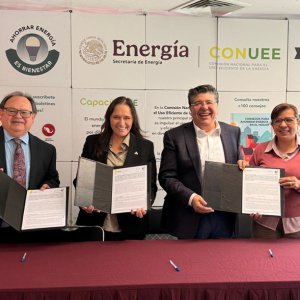
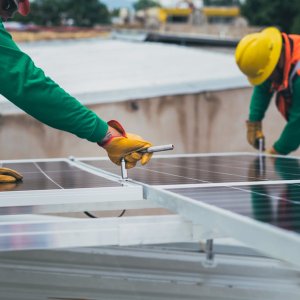
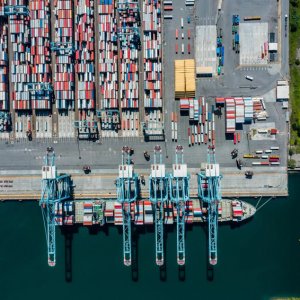

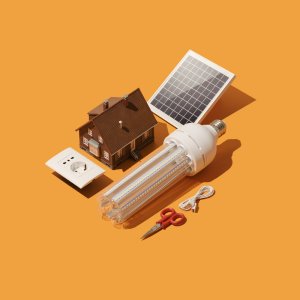
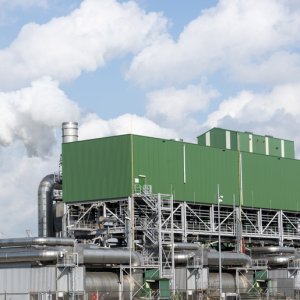
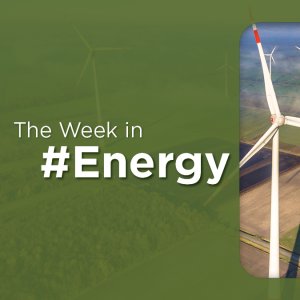
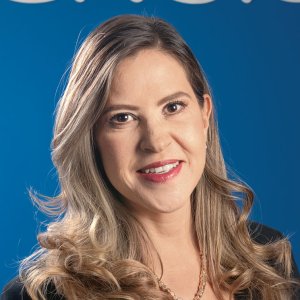
 By Perla Velasco | Journalist & Industry Analyst -
Thu, 03/14/2024 - 09:43
By Perla Velasco | Journalist & Industry Analyst -
Thu, 03/14/2024 - 09:43

